What the Supreme Court’s Andy Warhol decision could mean for art
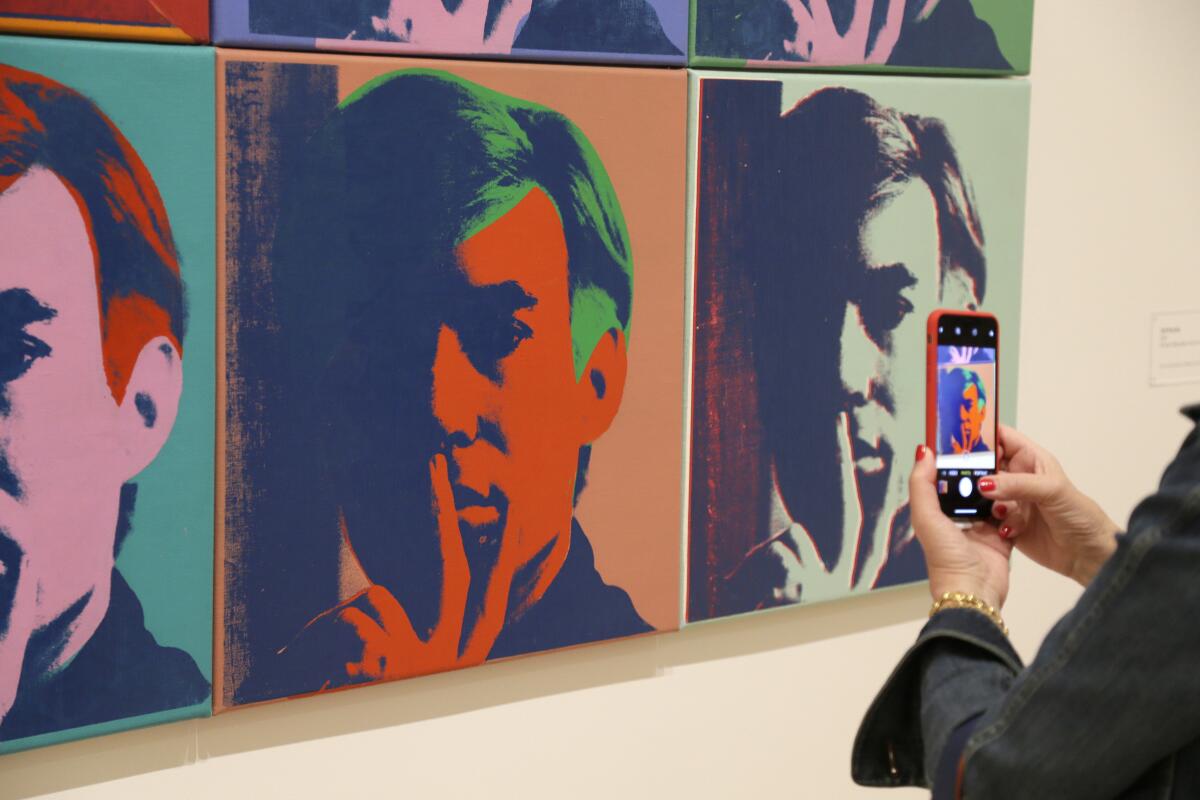
- Share via
Just whiling away the hours ’til the next episode of “Succession” because there’s nothing like watching callow rich people subvert democracy. I’m Carolina A. Miranda, art and design columnist at the Los Angeles Times, with the week’s essential art news — and Japanese omelets:
Warhol vs. Goldsmith
In a 7-2 decision issued this week, the U.S. Supreme Court ruled in favor of photographer Lynn Goldsmith in her copyright battle with the Andy Warhol Foundation. At the center of the case is a photographic portrait of Prince that Goldsmith made for Newsweek in 1981. The newsweekly never ran the photo, but three years later, Vanity Fair licensed the image so that Warhol could use it as source material for a purple silkscreen painting of Prince that ran in the magazine. Goldsmith was paid a $400 license fee and given a published credit.
At the time, Warhol also created 13 other silkscreens and two pencil drawings based on Goldsmith’s image (unbeknownst to Goldsmith). After the artist died in 1987, most of the works ended up in the hands of collectors, with a few going to the Andy Warhol Museum in Pittsburgh.
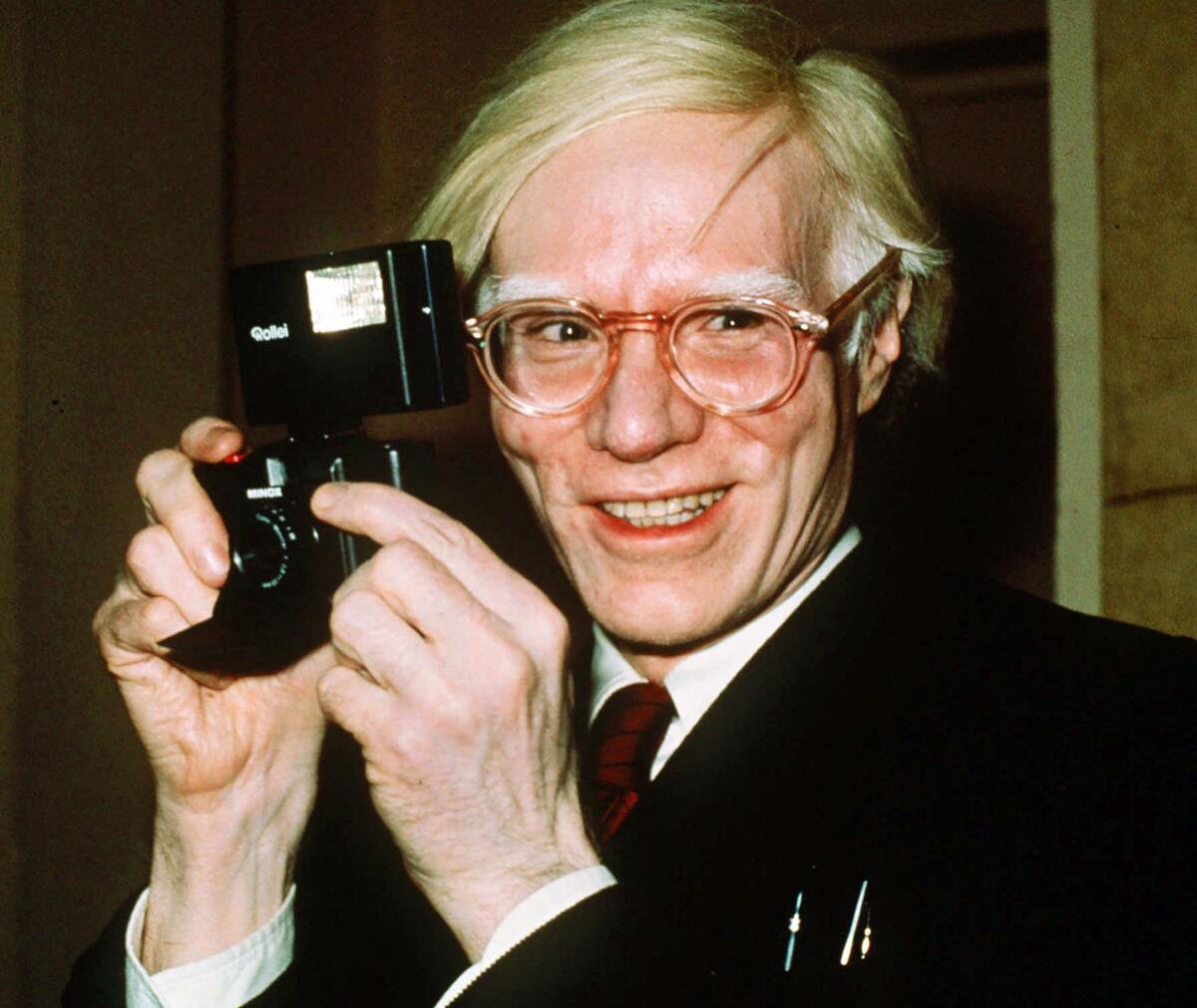
The problems began in 2016, when Condé Nast (Vanity Fair’s parent company) approached the Andy Warhol Foundation about licensing the image of Prince for a standalone issue on the singer, who died in April of that year. Rather than using the purple portrait, they opted for another image in the series, which shows Prince rendered in orange. Condé Nast paid the Warhol Foundation $10,000 to license the image but did not remunerate or credit Goldsmith.
At that point, Goldsmith registered her image for copyright and the foundation filed a preemptive suit against her, arguing that Warhol’s use of “Orange Prince” qualified as fair use since the work is transformative. Since then, the case has ping-ponged through the courts, landing on the Supreme Court’s docket last year. (The last time the court heard a case related to fair use was in 1994.) In the majority ruling, the court stated that the two works share “substantially the same purpose and the use is commercial in nature” and that the Warhol Foundation had “no persuasive justification for its unauthorized use of the photograph.”
Make the most of L.A.
Get our guide to events and happenings in the SoCal arts scene. In your inbox once a week.
You may occasionally receive promotional content from the Los Angeles Times.
How will this affect fair use?
Boston attorney Nicholas O’Donnell told my colleague David Savage that the decision may have a limited impact since the court’s opinion “carefully avoids many of the broader questions about the limits of fair use in visual art.”
New York University law professor Amy Adler, who filed an amicus brief in support of the Warhol Foundation on behalf of art law professors, saw it differently. “I think it’s a significant contraction of where the court was,” she tells Artnet’s Sarah Cascone. “I think it’s going to significantly limit the amount of borrowing and building on previous works that artists will engage in. The court seems less interested now in the artistic contribution of the second work and much more interested in commercial concerns.”
To her point, the justices were less focused on whether Warhol’s work was transformative than on the way it was used.
Bruce Ewing, an attorney specializing in intellectual property cases at Dorsey & Whitney in Minneapolis, has a thorough analysis of the case (blessedly written in plain English) over at JD Supra. He notes that the court specifically zeroed in on the commercial use of both works. (In its decision, the court cites the first fair-use factor, which is “the purpose and character of the use, including whether such use is of a commercial nature or is for nonprofit educational purposes.”)
“The Court emphasized that a use of the ‘Orange Prince’ for non-commercial purposes might qualify as fair,” he writes, “but that Condé Nast’s use of that work was not fair insofar as the first factor was concerned, in part because the work was used for commercial purposes.”
What does this mean for the other editions of the Prince works that are floating around the art world? It could put them out of circulation. In an analysis written before the court reached its verdict, Bruce E. Boyden, a law professor specializing in intellectual property at Marquette University, writes, “Anyone holding one of the Prince series works would have to feel nervous about publicly displaying it, or selling it, if Goldsmith wins.”
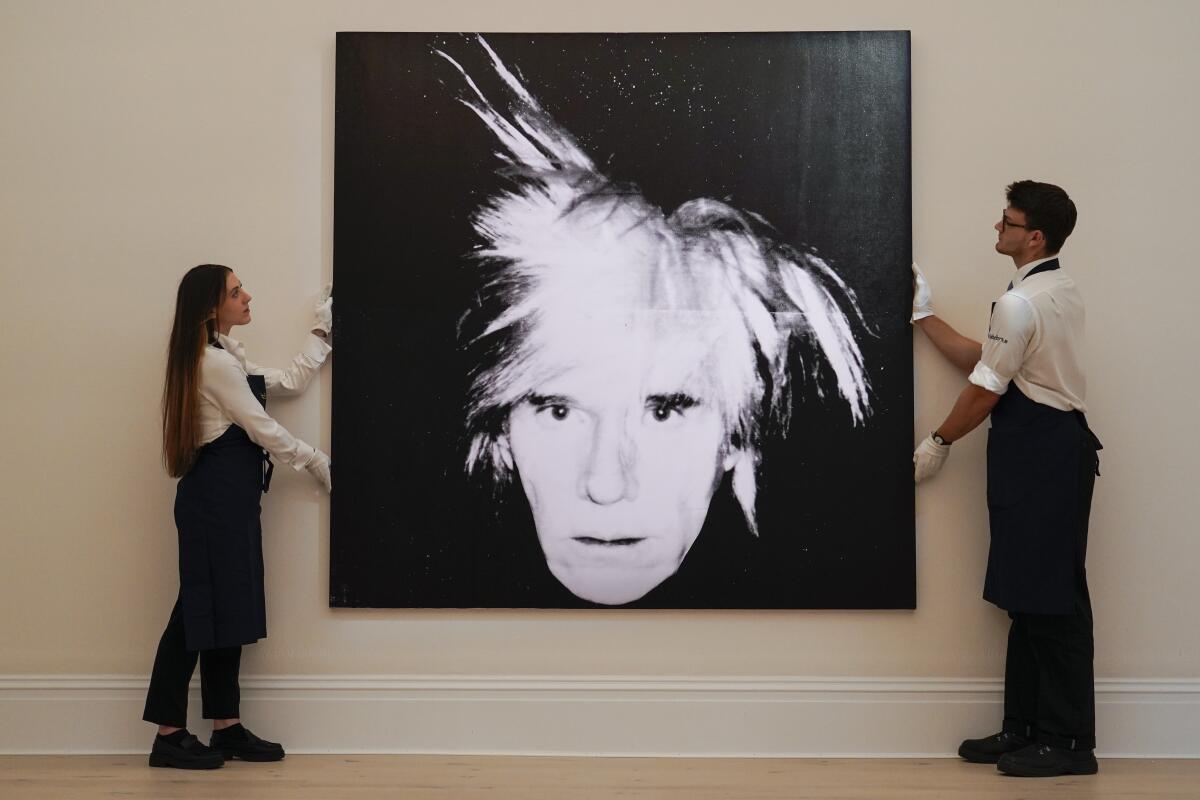
Need more reading?
I recommend hitting Greg Allen‘s Artnews dispatch from October, when he attended oral arguments in the case. (Worth it for the weirdo sidebar by Clarence Thomas.)
Also peep the Supreme Court’s decision, which is illustrated — in color! — and features a discussion about, among other things, Warhol’s Campbell’s Soup Can series. Take that, art critics!
In and out of the galleries
Christopher Knight has been poking through LACMA‘s records and noted an interesting trend: The West’s biggest encyclopedic museum is not so encyclopedic. “Most of the museum’s program of exhibitions and installations is limited to art made between the mid-19th century, when the rambunctious emergence of Modernism in Europe began to upend everything, and the present day. And most of that has been dedicated to art since 1945. LACMA has transitioned into a de facto museum of contemporary art.” (Don’t miss the amazing graphic on this story.)
At the Cheech in Riverside, the fifth installment of the MexiCali Biennial, “Land of Milk and Honey,” brings together 40 mostly U.S. and Mexican artists. Curated by Ed Gomez, April Lillard-Gomez and Rosalía Romero, the show’s theme is California agriculture. Christopher Knight writes that its biblical title frames “the Golden State as part fertile and utopian paradise, part huckster marketing dystopia.” Also, check out that Hot Cheetos floor sculpture.
“No one expected me to survive as an artist,” painter Virginia Jaramillo tells Times contributor Eva Recinos. Well, she not only survived, she thrived. The painter is now the subject of a solo show at Pace in Los Angeles and is about to open a retrospective at the Kemper Museum of Art in Kansas City, Mo., in June. For the artist, the Pace show — “East of the Sun, West of the Moon” — represents a homecoming: Jaramillo grew up in East L.A. and showed one of her earliest paintings at LACMA in the late 1950s.
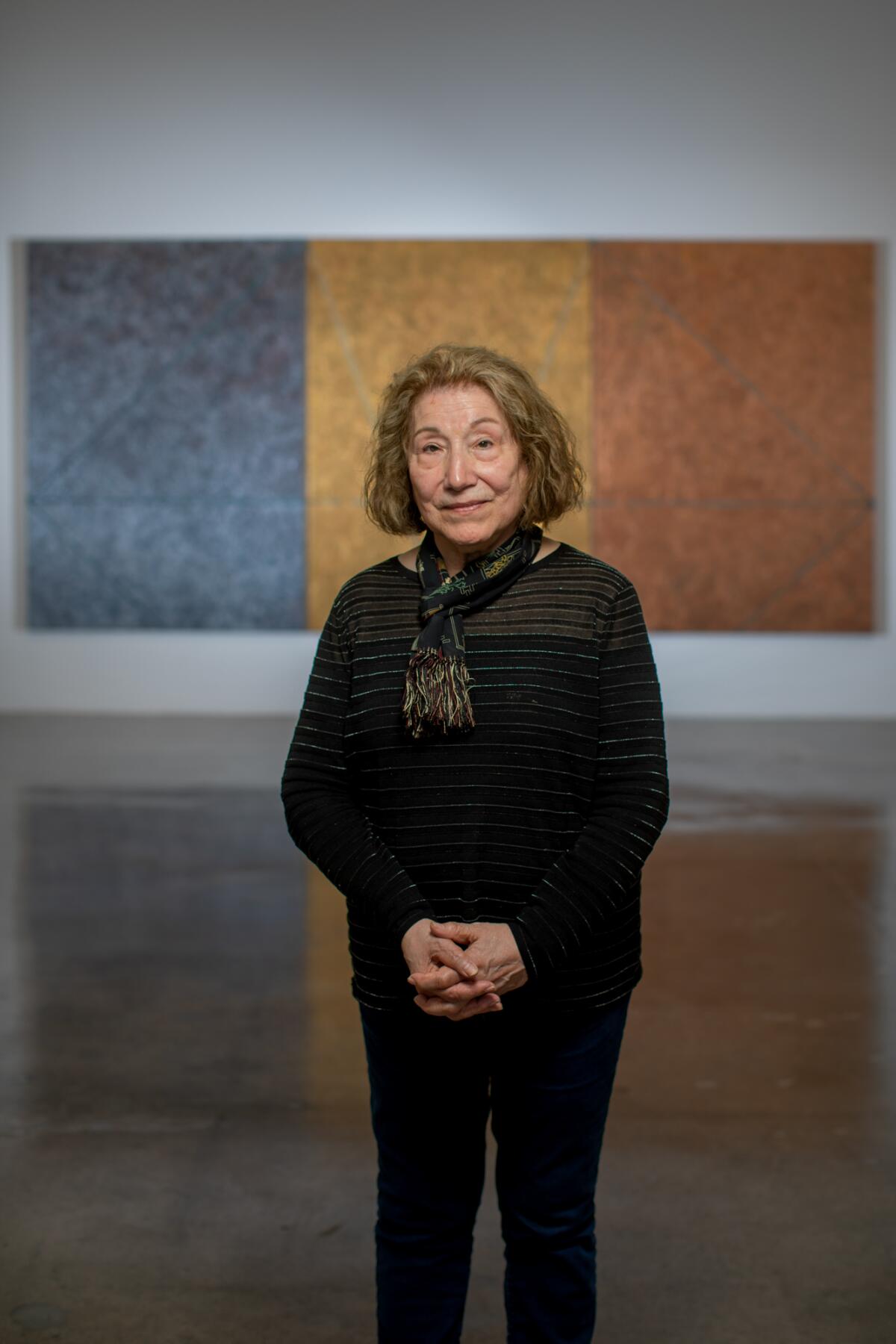
Photographer Dawoud Bey is having an L.A. moment. The artist is part of “Dawoud Bey & Carrie Mae Weems: In Dialogue” at the Getty Center and “Dawoud Bey: Pictures 1976-2019” at Sean Kelly. “When I started out photographing in Harlem in the 1970s, I was very conscious of the fact that I was not only making work in order to shape perceptions about that community and the Black people that lived in it, I was also making work in response to my sense of the history of Black representation in photography,” he tells Times contributor Leigh-Ann Jackson. “I am now working to include a Black voice within the history of the landscape tradition in photography.”
On and off the stage
Ben Platt already has one Tony Award under his belt for his performance in “Dear Evan Hansen” and is now up for another for his role in “Parade” as Leo Frank, a Jewish businessman who faces violent injustice. “I’ve played characters who would feel isolated wherever they were,” he tells Times theater critic Charles McNulty. “With Leo, there’s a bit of indignation and the frustration of ‘It’s not me, it’s them,’ which is an aggression that I’ve not gotten to play before.”
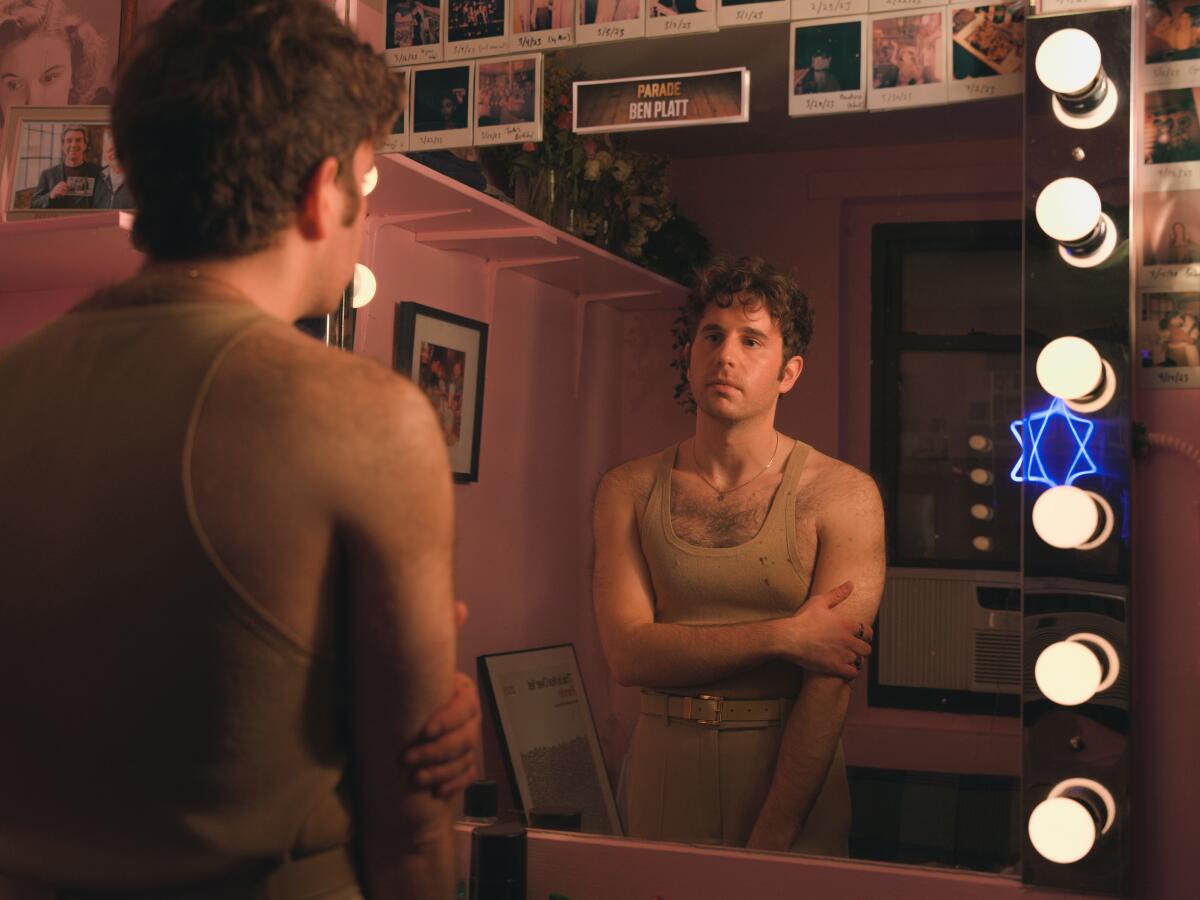
Speaking of the Tony Awards: The ongoing Writers Guild strike is affecting their presentation. Late last week, it was announced that the live telecast would be canceled over concerns that performers would be unwilling to cross picket lines to attend the ceremony. But on Monday, the guild announced that the telecast would proceed — “albeit in an altered form,” reports The Times’ Ashley Lee. The changes have not been disclosed, but an anonymous source tells the New York Times that awards presentations and performances would proceed, albeit without “any scripted material by screenwriters.”
Enjoying this newsletter? Consider subscribing to the Los Angeles Times
Your support helps us deliver the news that matters most. Become a subscriber.
On a nightly basis, Michael Shayan transforms into his mother in the one-man show “Avaaz” at South Coast Repertory. Shayan says the act is “every gay man’s dream or nightmare, depending on how you feel about your mother.” The play, which was written by Shayan and directed by Moritz von Stuelpnagel, emerged from a fellowship at the Lambda Literary Writer’s Retreat for Emerging LGBTQ Voices in 2017. My colleague Steven Vargas reports on how it came together.
California’s performing arts sector lost a decade’s worth of jobs within a two-year period during the pandemic, according to a new report produced by CVL Economics. “When I saw the report, I just started weeping, because it validated the suffering of the community that I care about and represent,” Martha Demson, president of the Theatre Producers of Southern California and artistic director of Open Fist Theatre Company, told Jessica Gelt.
Classical notes
L.A. Opera has opened its last production of the season: Verdi’s “Otello,” with tenor Russell Thomas in the title role, as well as Igor Golovatenko as Iago and soprano Rachel Willis-Sørensen as Desdemona. Thomas’ voice doesn’t always fill the hall, writes Times classical music critic Mark Swed, but “what he does reveal in the Chandler is impressive. He dominates not by having the loudest voice onstage but by the far great power of expressivity.”
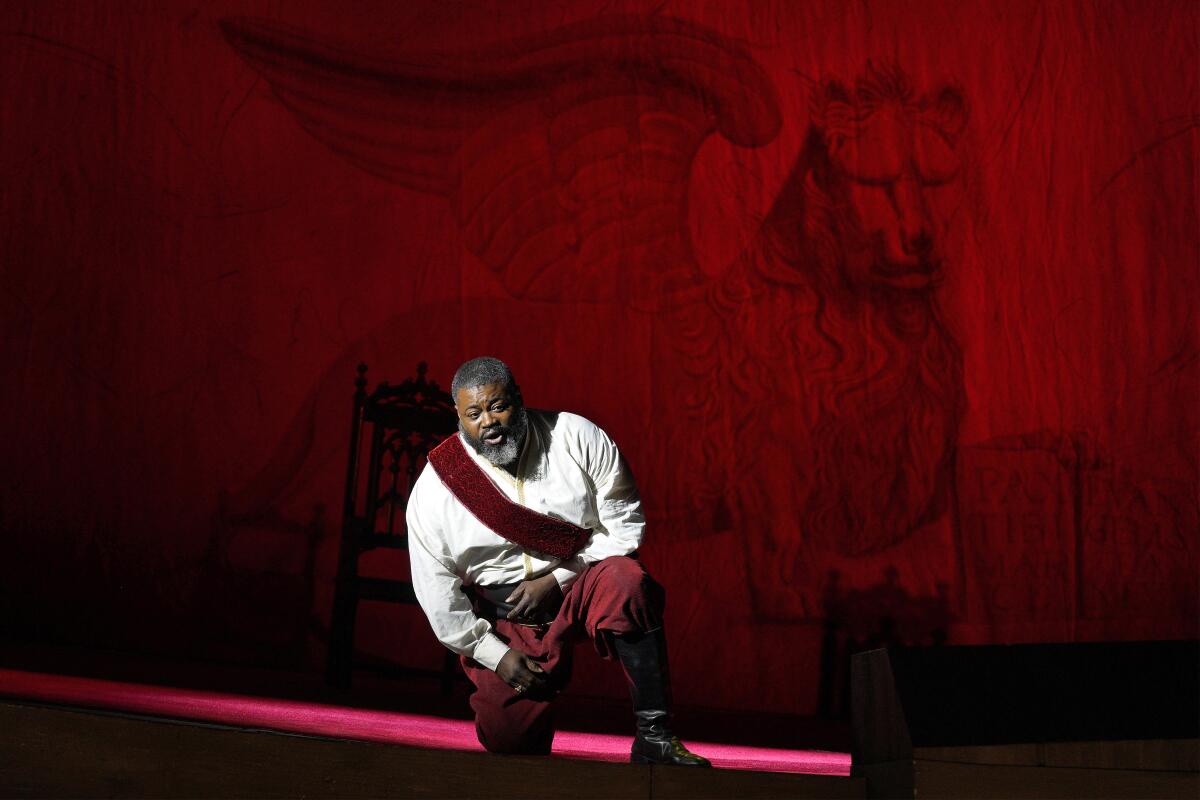
Design time
Jessica Gelt has a delicious report on the reopening of the Huntington’s 1911 tea room. The space has received a thorough renovation courtesy of Architectural Resources Group, a multicity firm that specializes in historic sites. “Our marching orders were to preserve the building but then to develop additional dining spaces,” says founding principal Stephen J. Farneth. “And we really wanted some outdoor dining because the pandemic made it clear that was the direction of the future.”

Essential happenings
Steven Vargas rounds up the must-sees in his weekly L.A. Goes Out newsletter, including three shows at Jeffrey Deitch featuring work by Karon Davis, Judith F. Baca and Faith Ringgold.
On Saturday afternoon, arts org L.A. Freewaves is presenting “Heal Hear Here,” at Los Angeles State Historic Park, which will bring together 30 artist groups for an event centered on healing. This includes performances, an ancestral walking tour and a soundscape labyrinth presented by organizations such as Metabolic Studio, GYOPO and the Armory Center for the Arts, among many others.
Moves
Edgar Miramontes has been named the new director of CAP UCLA. Miramontes, who previously served as deputy director at REDCAT, is the first person of color to lead the organization. “I think the challenge is to think about how we connect with immigrants in a city that has over 200 languages spoken,” he tells Jessica Gelt.
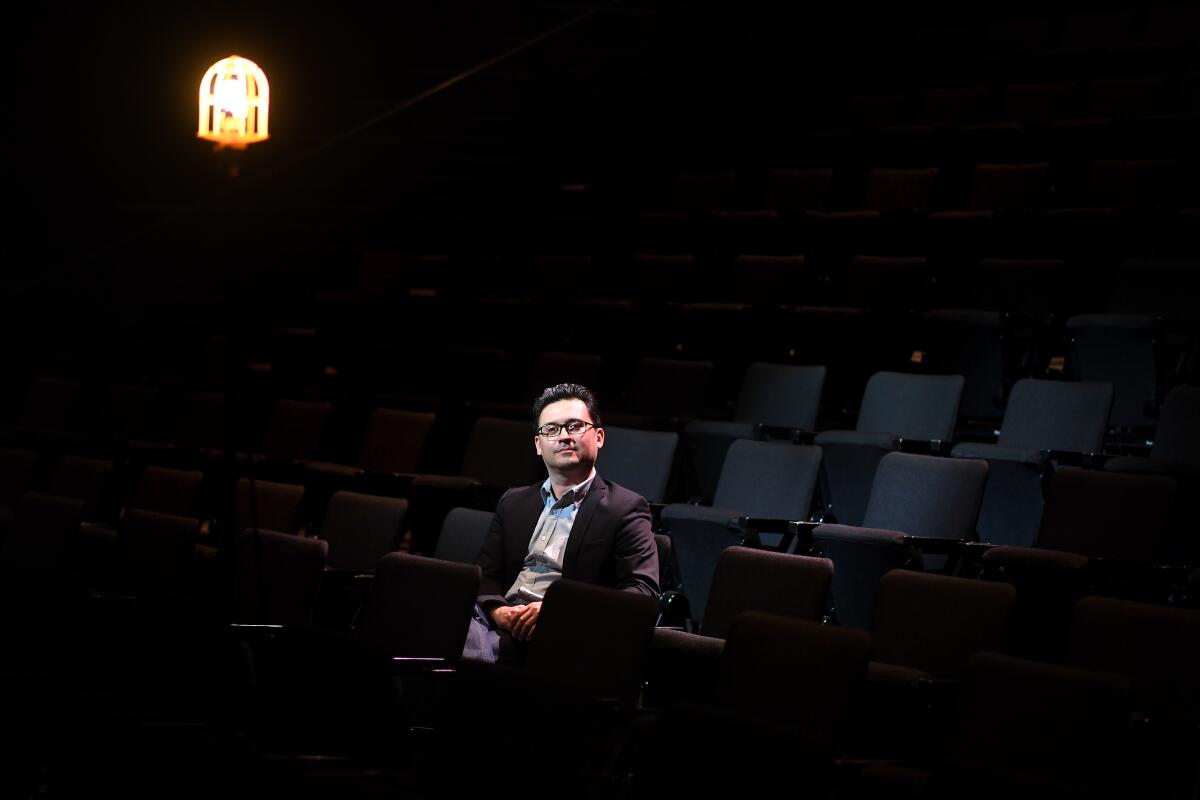
Another big move: The L.A. Phil’s Chad Smith is leaving to take over the Boston Symphony as president and chief executive. Mark Swed reports that Smith “has played an outsize role in the progressive ambition of the orchestra, which now has the largest budget, the broadest range of musical and educational activities and the most extensive community engagement of any orchestra in the world.” But, as Smith tells Swed, he is ready for a new challenge.
David Ellenstein has been named artistic director of the Laguna Playhouse, while Bill Kerlin assumes the role of managing director. Ellenstein had been interim artistic director since last August.
Jonathan Fox is departing Santa Barbara’s Ensemble Theatre Company after holding the position of artistic director for 17 years.
Passages
Slava Zaitsev, a Soviet-era fashion designer once dubbed “Red Dior” by Western media, has died at 85.
In the news
— Francisco Cantú reviews Héctor Tobar‘s new book, “Our Migrant Souls,” and what it means to be Latino.
— Digging these lamps by Julie Jackson.
— A good profile of Jibz Cameron (otherwise known as Dynasty Handbag) and her surreal take on the Titanic.
— Greg.org has me obsessing over Pompon, the dog that may have belonged to Marie Antoinette.
— How architect Juan José Santibañez designs buildings that speak to Oaxaca’s traditional practices.
— Workers at architecture firm Snøhetta (which designed the expansion at SFMOMA) have announced their intention to form a union.
— Speaking of SFMOMA: The museum has a new membership program that offers discounts to working artists. Nice, but what about some free admission, which would make the museum more accessible to everyone?
— Ghanaian workers who contributed to the Venice Architecture Biennale have been denied visas by the Italian government to attend the opening and related events.
— The San Francisco-bashing continues on CNN and the Financial Times.
And last but not least ...
Omurice, amirite?
The biggest entertainment stories
Get our big stories about Hollywood, film, television, music, arts, culture and more right in your inbox as soon as they publish.
You may occasionally receive promotional content from the Los Angeles Times.




